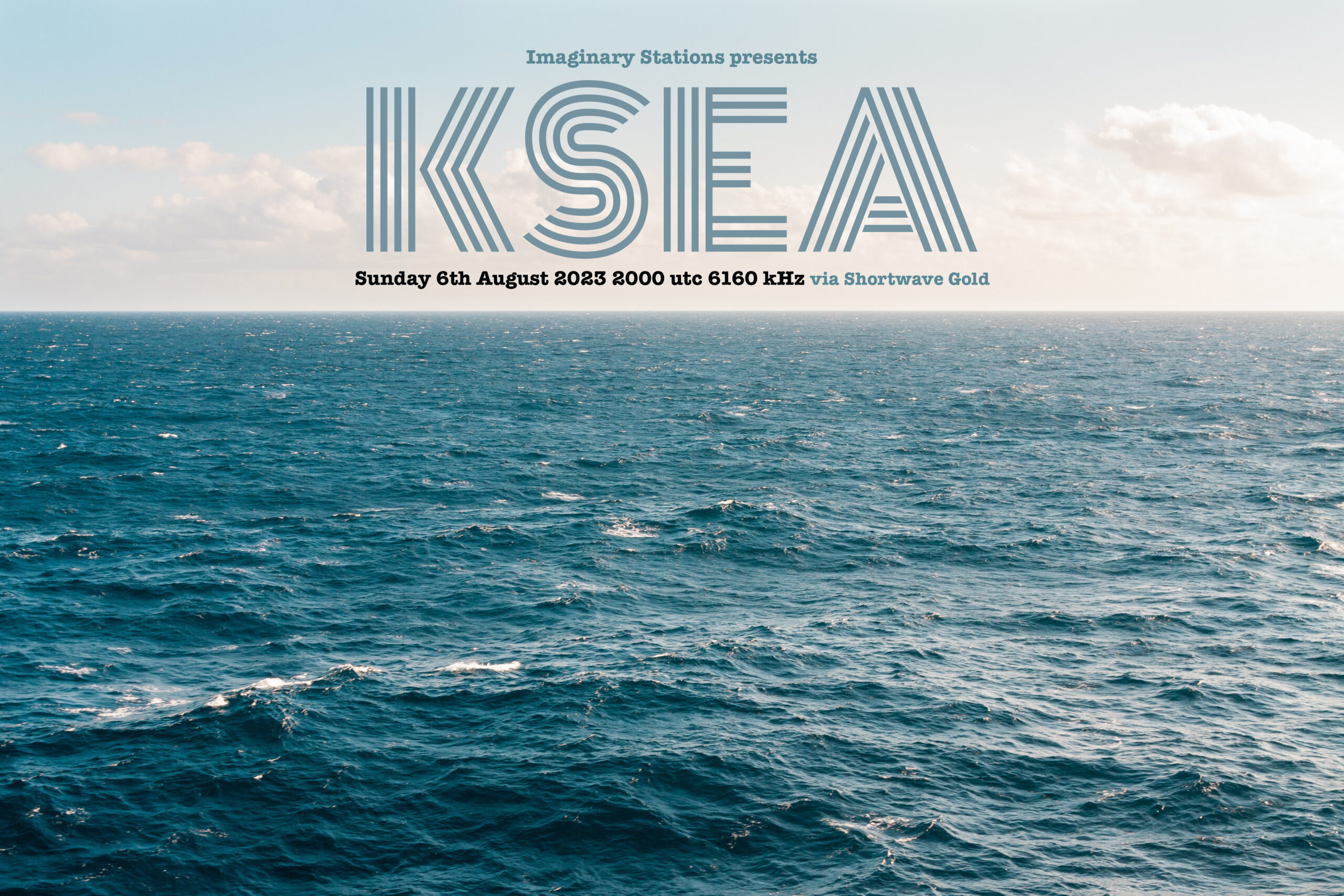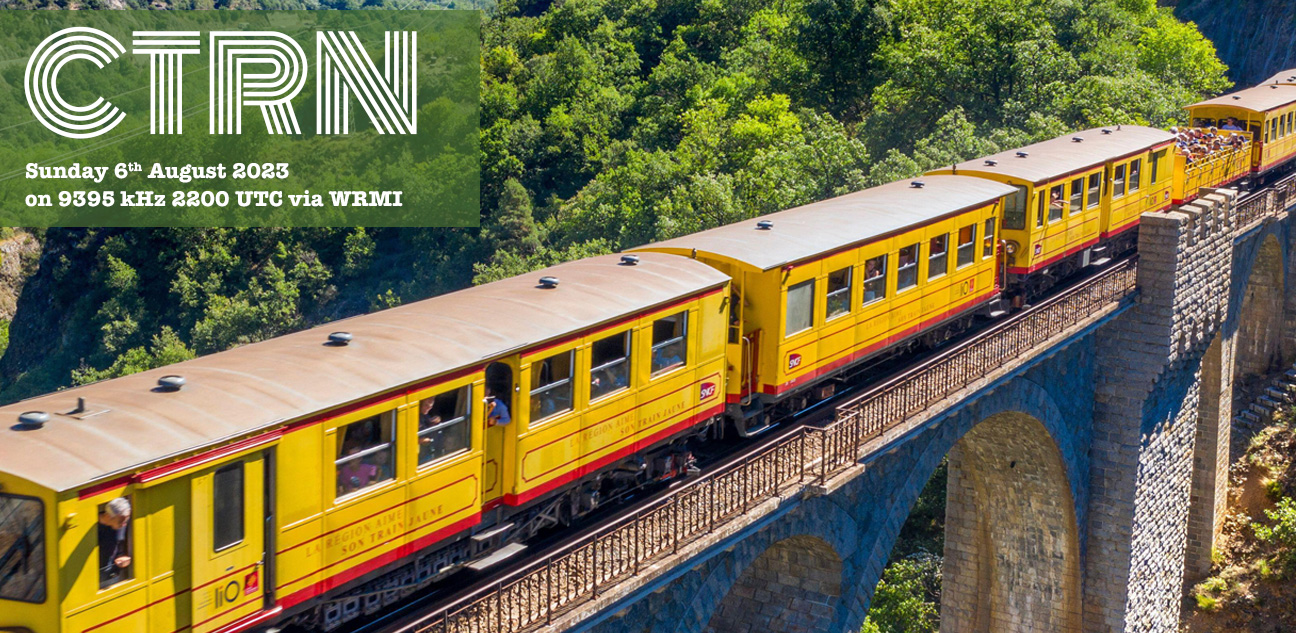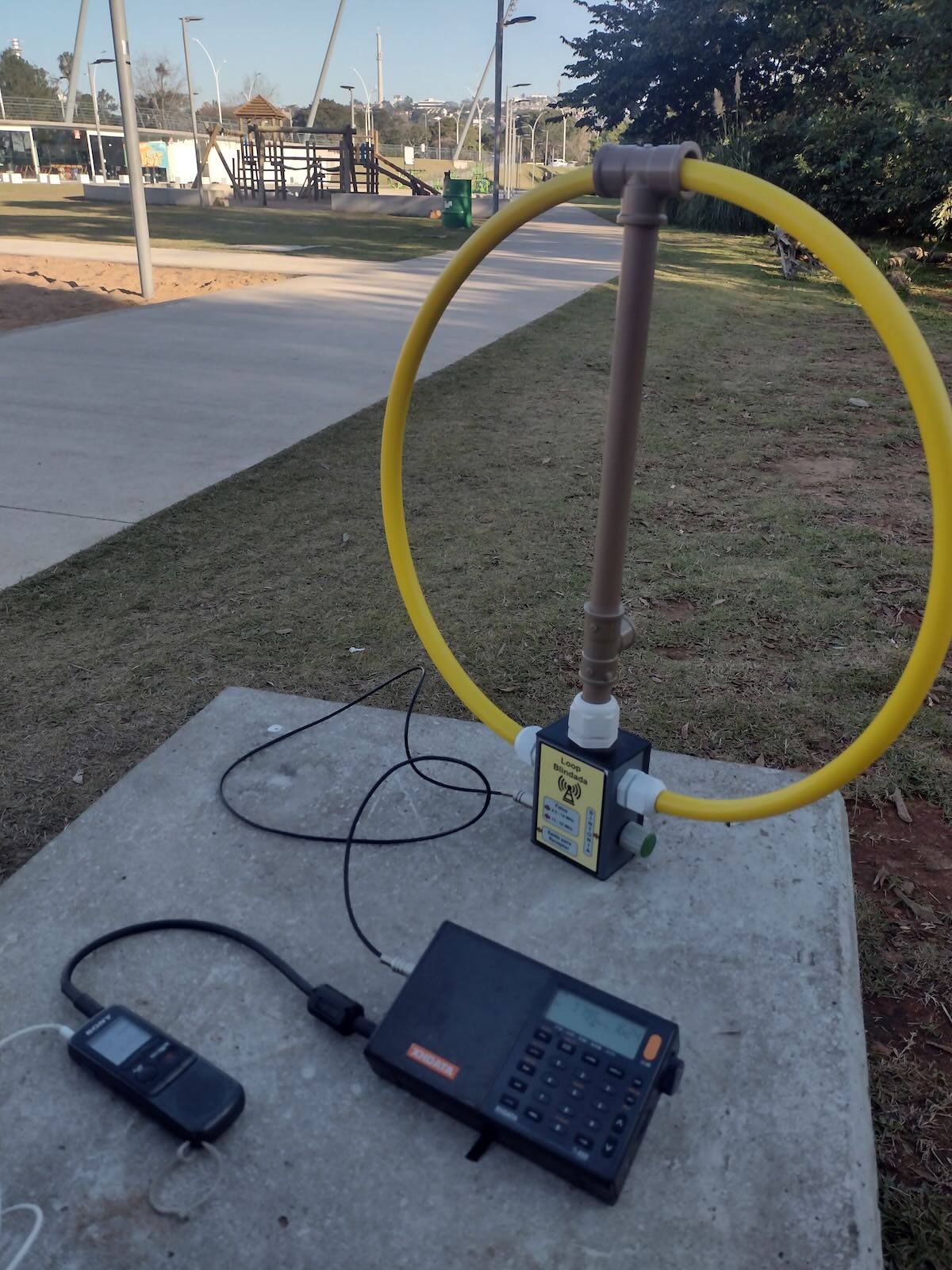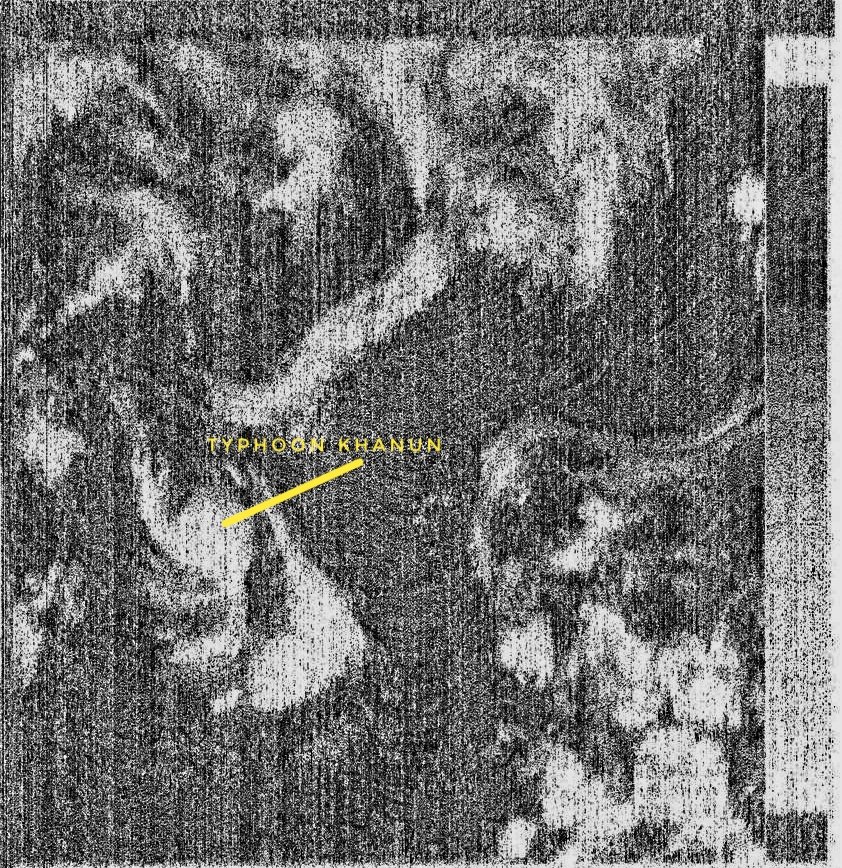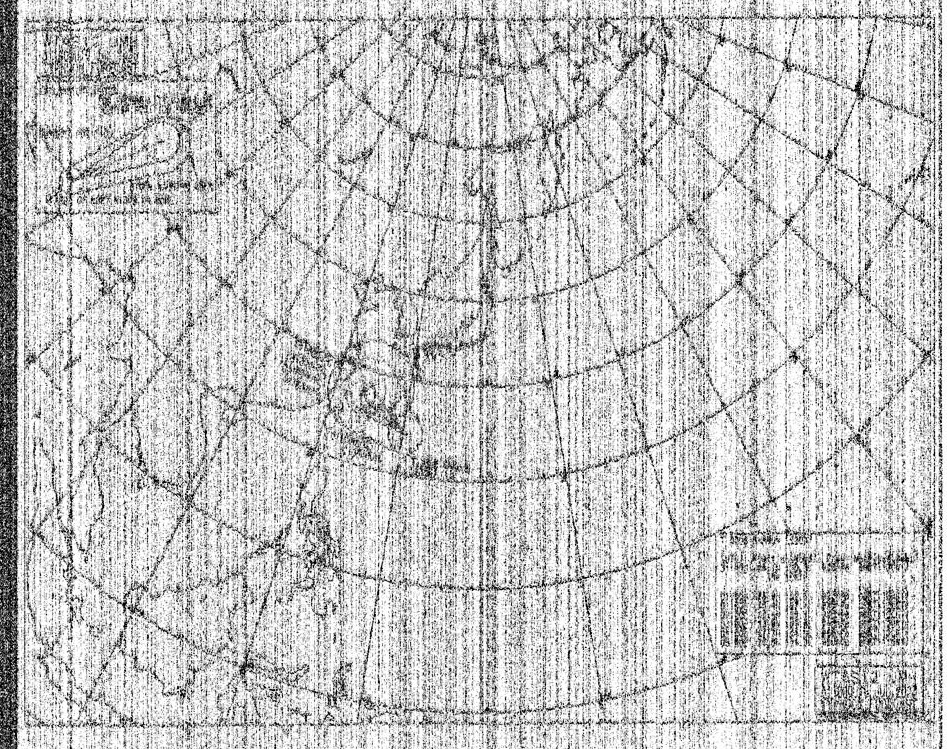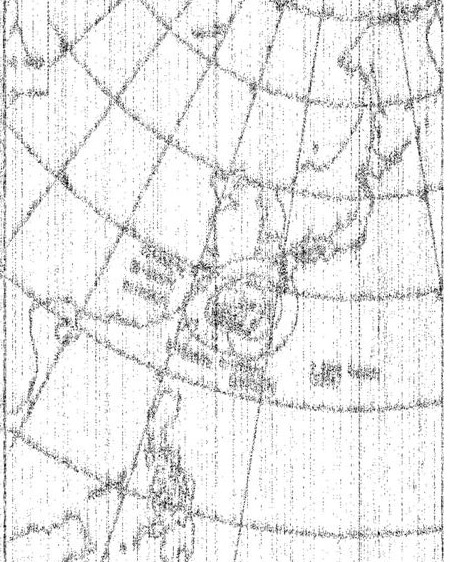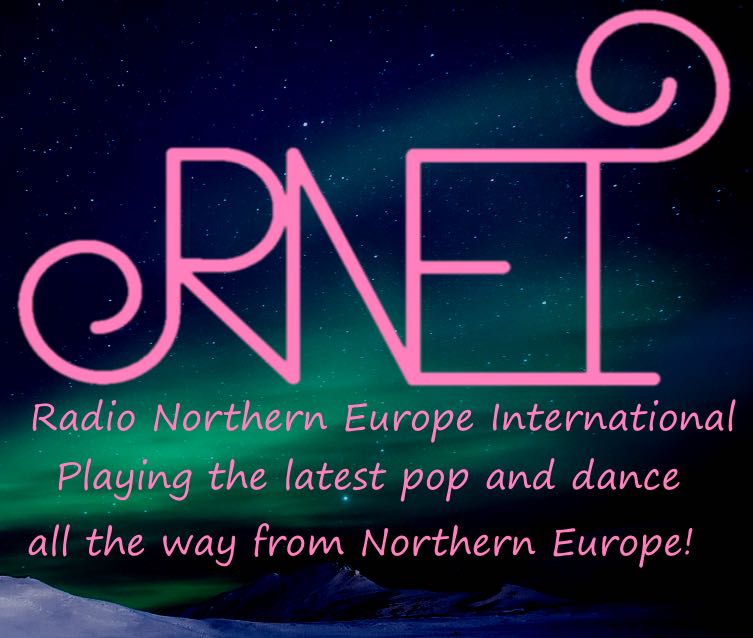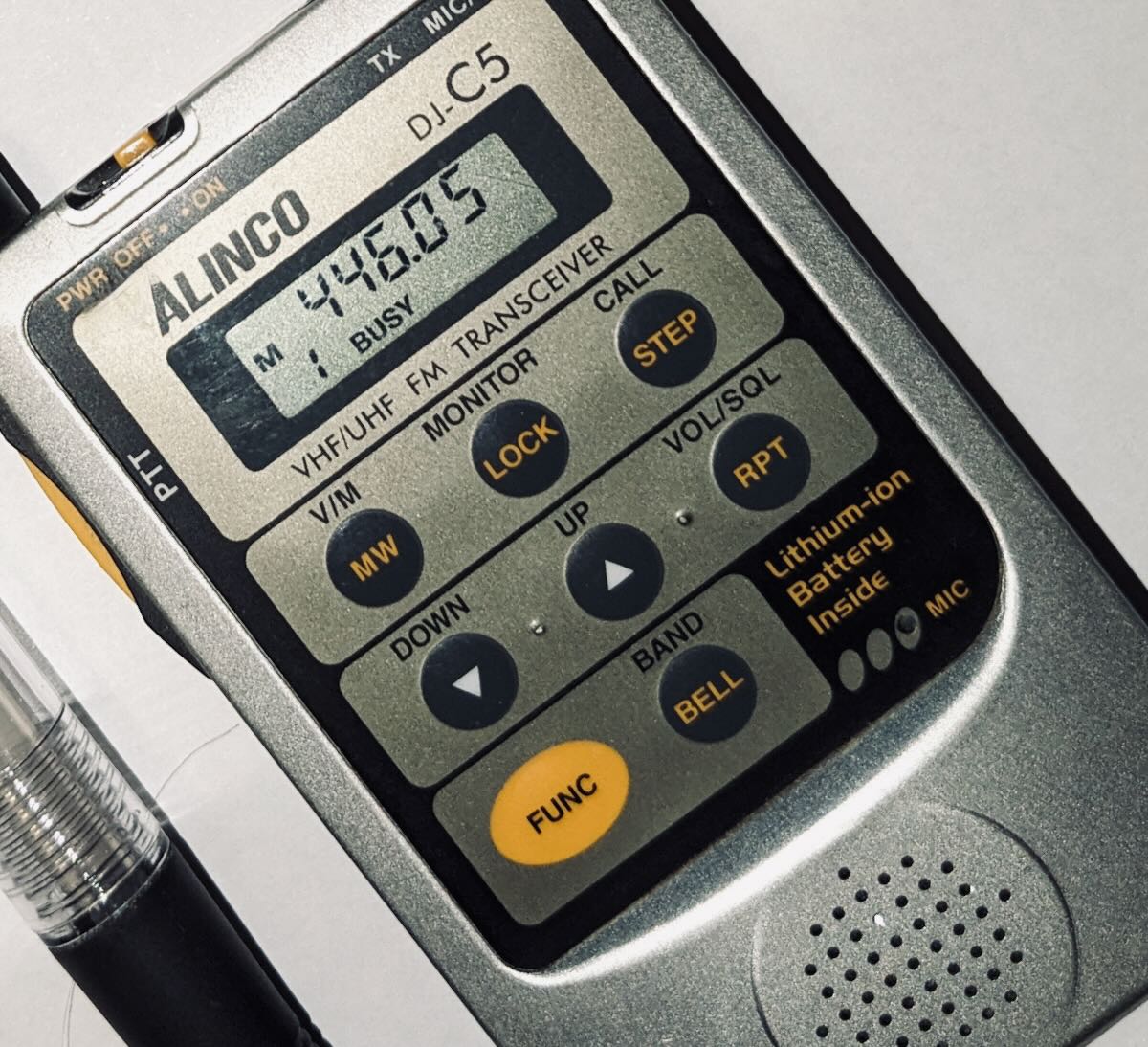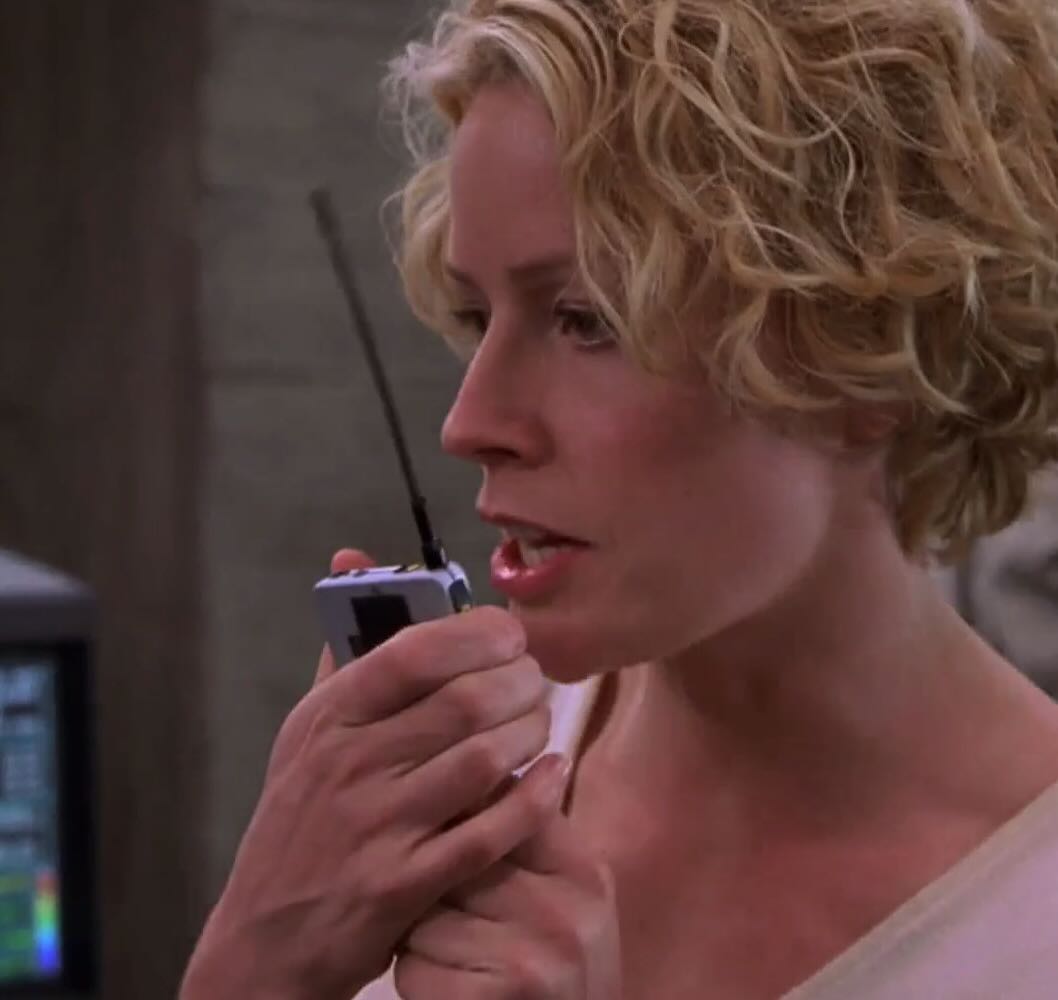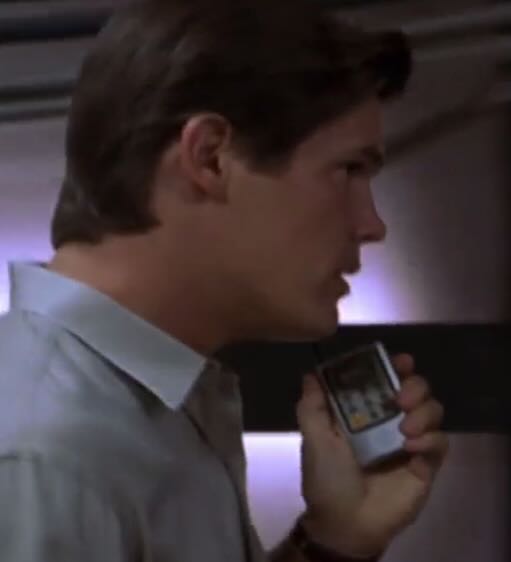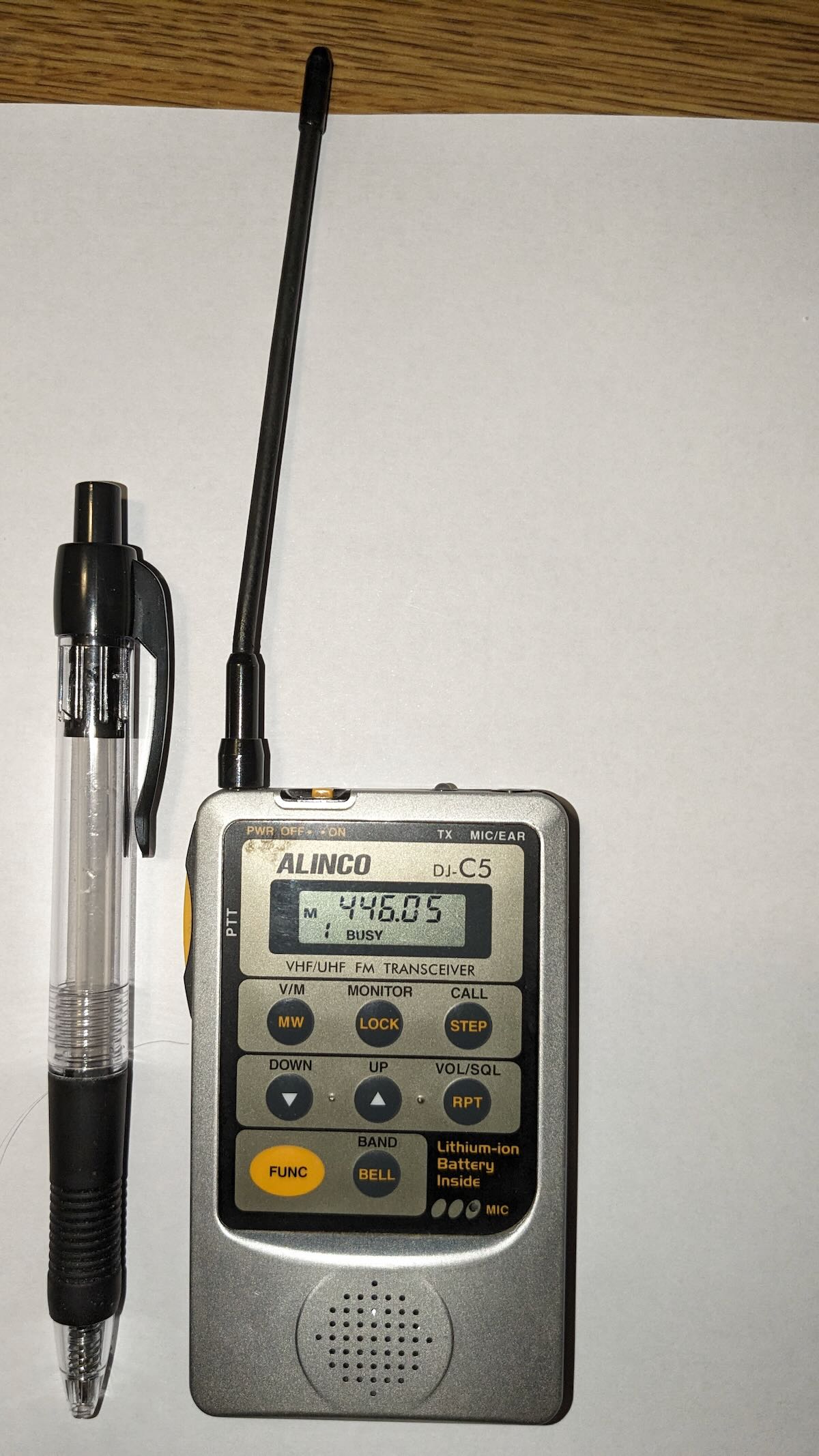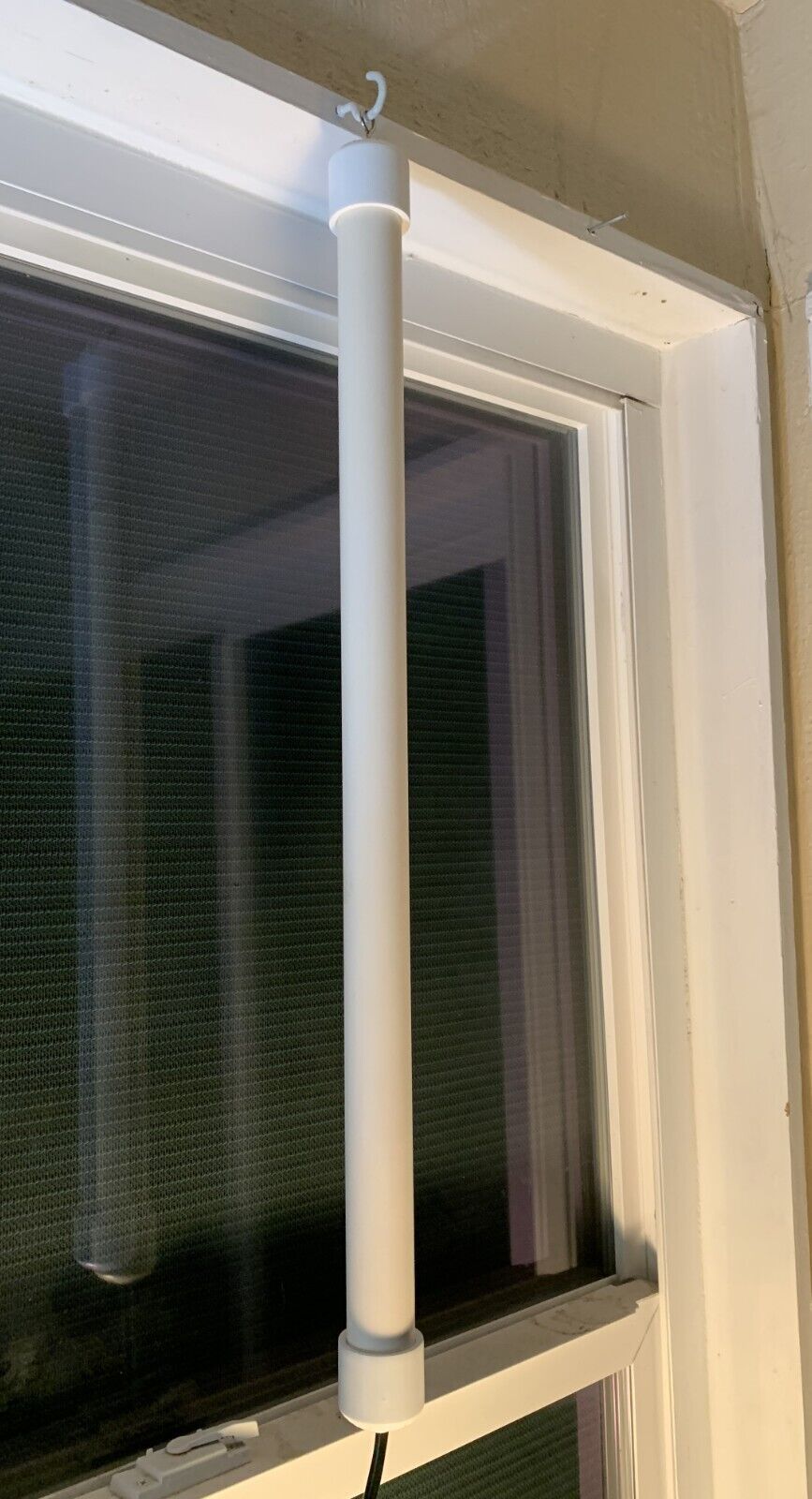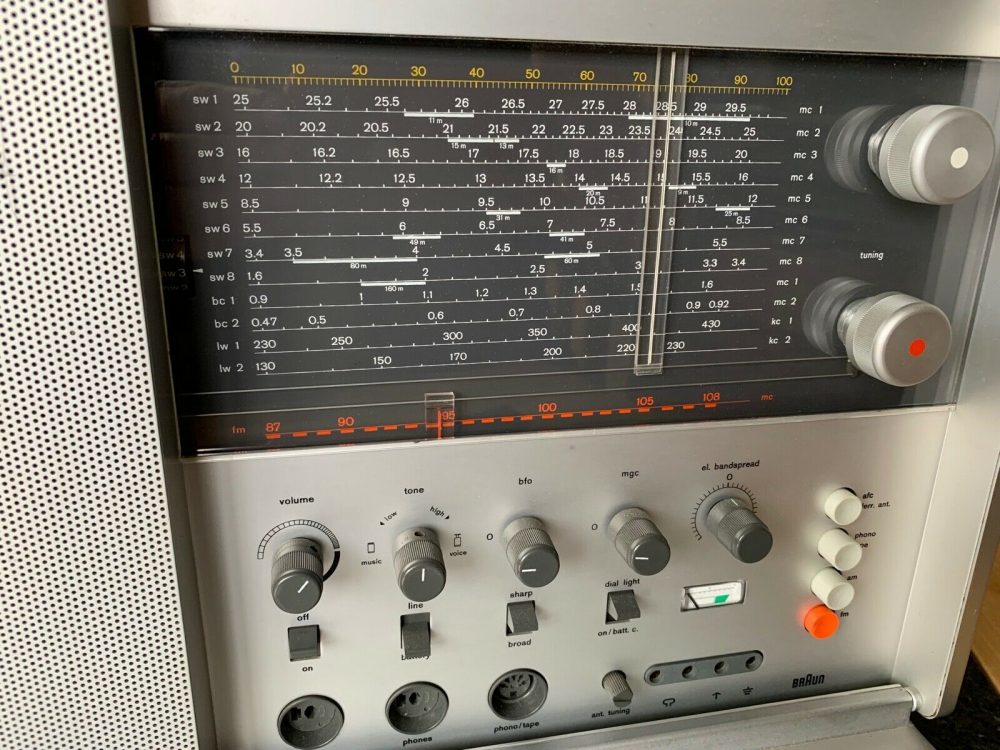 Many thanks to SWLing Post contributor, Rose, who shares the following announcement:
Many thanks to SWLing Post contributor, Rose, who shares the following announcement:
The beloved ThisIsAMusicShow has ceased broadcasting for the foreseeable future, but you can rest assured, as the broadcast slot that was used by TIAMS (Thursdays between 0200-0300 UTC on WRMI 5850 kHz) is now in good hands.
In the first 30 minutes, starting at 0200 UTC, you will hear a monthly episode of Radio Carpathia, presented by Luca, featuring the best music from Eastern Europe and sometimes beyond, as well as some digital text and sometimes an image in MFSK64. New shows air on the Thursday that follows the third Sunday of every month (it’s not always the same), and will be repeated throughout the month.
In the other half of the hour, you will get to hear a special program from Radio Northern Europe International (whose normal program airs at 0100 UTC on the same day and frequency), called RNEIxtra, which introduces listeners to new genres, presenters, and music outside of the normal RNEI remit. Previous RNEIxtra shows have been DJ mixes, video game jazz, data experiments, and my personal favorite: Japanese music specials! We love getting new presenters on air on RNEIxtra so look out for exciting new shows and contact us if you want to give shortwave a try! New shows come out on the Thursday that follows the second Sunday of every month.
Reception reports for Radio Carpathia can be sent to radiocarpathia[at]gmail[dot]com, or by post to:
Luca Trifan
O.P. 6, C.P. 615
400810 Cluj-Napoca
ROMANIA
and will be answered with a physical QSL card, regardless of how they are sent.
RNEI welcomes reception reports to qsl[at]rnei[dot]org.
More information, as well as previous on-demand shows, are available at https://radiocarpathia.org and https://rnei.org respectively.
Both Luca and I are looking forward to receiving your feedback and reception reports, and we hope you will enjoy this new, albeit quite different programming.
Click here for more information.
Thank you for sharing this news, Rose. TIAMS was an excellent program. I certainly hope we haven’t seen the last of it. Very pleased your stations have both stepped up to fill in the gap!

